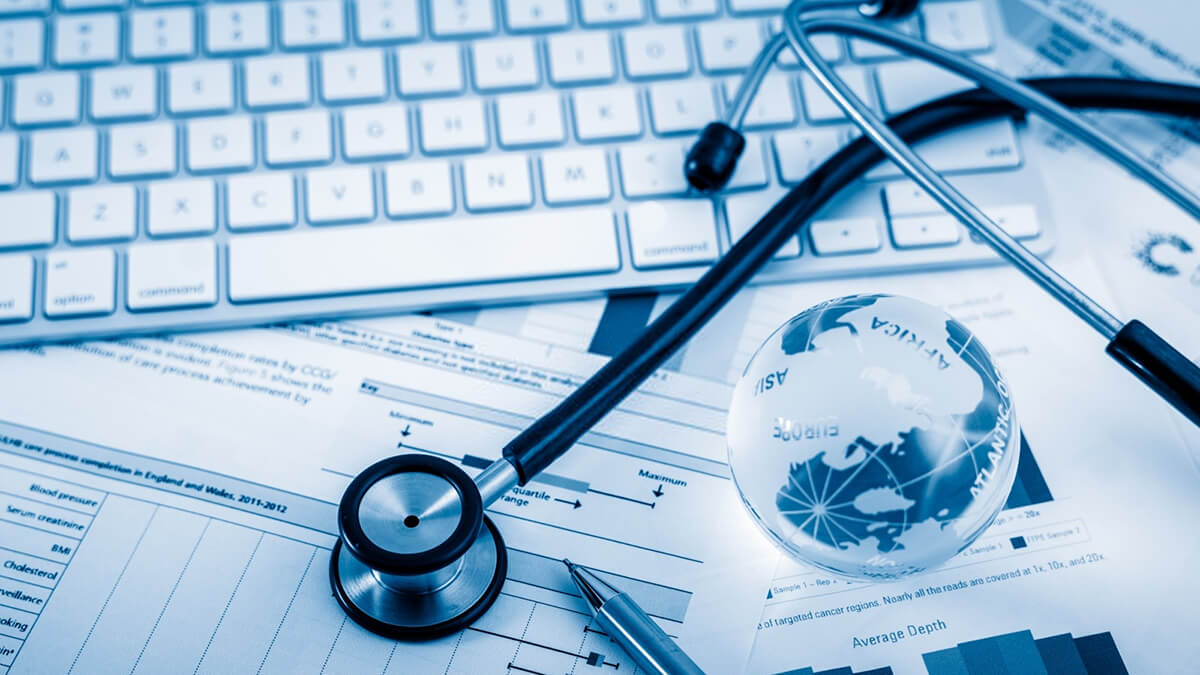Comprehending the Key Roles and Responsibilities in Medical Administration
Comprehending the Key Roles and Responsibilities in Medical Administration
Blog Article
Ideal Practices in Medical Management for Improving Effectiveness and Reducing Prices
In the ever-evolving landscape of health care, the quest of best practices in clinical management is paramount for enhancing effectiveness and suppressing expenditures. By integrating advanced innovations such as digital wellness records and telemedicine, medical care service providers can enhance procedures and boost patient care.
Leveraging Advanced Innovation
In today's rapidly advancing healthcare landscape, leveraging advanced innovation is no more optional yet essential for efficient medical management. The assimilation of electronic solutions into medical care systems has actually changed the means facilities operate, improving processes and enhancing client care. Electronic Health Records (EHRs) are critical, supplying thorough patient data that can be accessed immediately by authorized personnel, thus reducing redundancy and minimizing errors. By centralizing patient information, EHRs eliminate the demand for difficult documents and assist in smooth interaction amongst doctor.
Telemedicine is an additional technological advancement that has actually transformed person interaction. It offers ease for both individuals and healthcare specialists by allowing remote consultations, which can lower the requirement for in-person brows through and enhance consultation organizing. Furthermore, telehealth systems can expand health care access to country or underserved areas, connecting gaps in care distribution.
Additionally, the usage of Artificial Knowledge (AI) and machine discovering is ending up being increasingly common in anticipating analytics, enabling early discovery of prospective health and wellness concerns and more informed decision-making. These modern technologies, when integrated properly, can improve diagnostic precision and individualize person treatment plans, ultimately bring about improved health care outcomes and operational effectiveness.
Optimizing Resource Allowance
Efficient source allotment is vital for taking full advantage of the performance of clinical administration. By purposefully managing resources such as workers, equipment, and financial resources, health care centers can dramatically boost their operational performance, improve person outcomes, and minimize unnecessary expenditures. The first step in maximizing resource allowance entails carrying out a detailed evaluation of existing properties and identifying areas where sources might be underutilized or exhausted. This assessment should be data-driven, making use of metrics and analytics to educate decision-making procedures.
Focusing on resource allotment based on person requirements and service demands is crucial. This includes aligning sources with high-demand areas, such as emergency care or specialized therapies, to guarantee prompt and efficient patient treatment. Applying versatile staffing models can likewise optimize labor resources by adjusting workers allocation in feedback to rising and fall client quantities. Furthermore, welcoming telemedicine and other technical solutions can ease physical resource restrictions by providing different avenues for patient-provider communications.
Financial resources must be thoroughly monitored and assigned with critical insight to support both short-term operational needs and long-term institutional goals. This includes investing in training programs that improve personnel expertises and taking on energy-efficient techniques that lower functional prices (medical administration). Eventually, an enhanced source allowance approach cultivates a lasting medical care atmosphere that is responsive, reliable, and monetarily sensible
Streamlining Operations Procedures
When health care facilities goal to improve operational performance, simplifying operations procedures comes to be an essential focus. Effective operations decrease redundancy, get rid of unnecessary steps, and boost sychronisation among medical care specialists. This technique not only speeds up service distribution however likewise enhances the quality of person care.

Following, modern technology combination plays a considerable duty in improving operations. Implementing electronic wellness records (EHRs) and electronic medical professional order access (CPOE) systems lowers paperwork, lessens human mistake, and ensures info is obtainable to all relevant workers. Furthermore, leveraging telemedicine platforms can simplify patient assessments and follow-ups, lowering the strain on physical infrastructure.

Inevitably, structured workflows lead to cost decreases and boosted individual contentment, cultivating an extra lasting health care setting.
Enhancing Information Administration
Structure upon structured workflows, optimizing information monitoring comes to be a crucial element in advancing healthcare administration. Effective information administration systems are important for preserving accurate patient records, boosting decision-making, and making sure compliance with governing criteria. By executing durable data administration solutions, healthcare centers can improve the quality of patient treatment while concurrently minimizing operational prices.
One secret aspect of boosting data monitoring is the combination of advanced digital health and wellness document (EHR) systems. These systems assist in the seamless exchange of individual information throughout various departments, minimizing duplication of examinations and reducing mistakes. A well-designed EHR system sustains data analytics, making it possible for doctor to identify fads and make educated decisions pertaining to individual care.
Additionally, protecting person data is extremely important. Adopting extensive cybersecurity actions, including security and normal audits, makes certain the integrity and privacy of delicate details. This not click here for info only secures people but likewise preserves the organization's online reputation.
Investing in personnel training is one more essential element. Informing health care specialists on information management methods improves their capacity to properly utilize technology, resulting in enhanced individual end results. To conclude, improving information monitoring via innovative modern technology and comprehensive training is important for accomplishing effectiveness and expense decrease in clinical management.
Fostering Collaborative Interaction
An important part in progressing clinical administration is promoting collective communication amongst healthcare specialists. Reliable interaction is vital for making sure smooth client care, optimizing therapy results, and reducing errors. By encouraging open discussion and control across multidisciplinary teams, medical care companies can improve their functional performance and lower unneeded costs.
Central to this approach is the assimilation of interaction technologies such as digital wellness records (EHRs) and secure messaging systems, which assist in the fast exchange of crucial person info. These tools make it possible for doctor to access and share information in genuine time, ensuring that all group members are notified and straightened in their decision-making procedures. In addition, routine team conferences and interdisciplinary rounds can additionally promote a culture of partnership and accountability.
Training programs focused on improving interaction abilities are additionally essential. Ultimately, promoting collective interaction leads to enhanced medical care distribution and price financial savings.

Conclusion
Incorporating advanced technology, click to read such as electronic health records and telemedicine, alongside optimized resource allocation and structured workflow processes, is essential like this for enhancing efficiency in clinical management. Reliable information administration and promoting joint interaction amongst health care teams are essential for reducing redundancies and improving treatment top quality. By prioritizing preventive treatment and engaging in top quality improvement campaigns, medical care companies can achieve substantial expense savings and improved person results, thus guaranteeing lasting medical care shipment in an increasingly intricate atmosphere.
Report this page